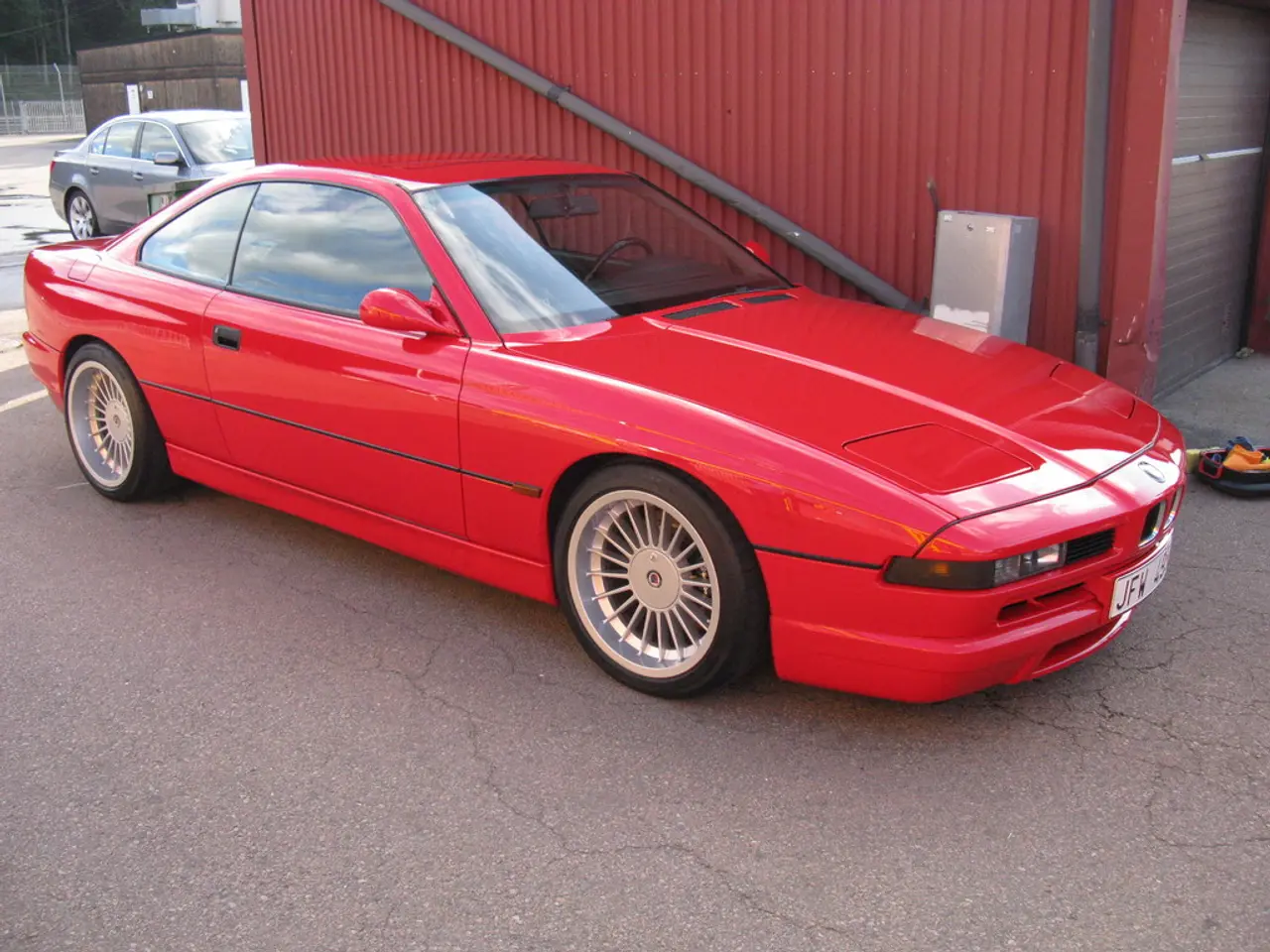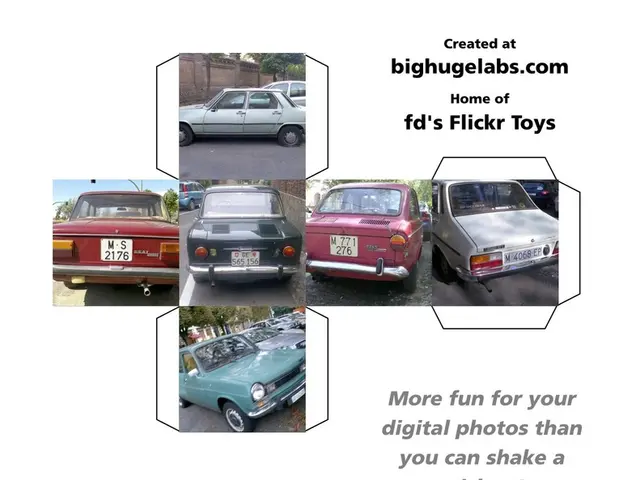The Decline of Laser Headlights in the United States
In a significant shift for the automotive industry, luxury car manufacturers Audi and BMW have decided to phase out laser headlights in favour of LED-based designs for their future models. This decision, driven by regulatory constraints in key markets and the rapid evolution of LED matrix technology, marks a departure from the early promise of laser headlights.
The story of laser headlights began in 2013 when BMW announced the incorporation of this innovative technology in their halo car, the i8. BMW's pioneering move was soon followed by Audi, who also integrated laser headlights into their range of luxury models, including sedans and SUVs.
Laser headlights, known for their compact size and ability to project a very bright, very focused beam up to 600 meters down the road, offered a significant advantage in terms of efficiency and throw distance. However, US Federal Motor Vehicle Safety Standard 108, which limits headlight intensity to 150,000 candela and beam range to 250 meters, effectively prevented laser headlights from showcasing their superior brightness and range without violating regulations.
In low-beam situations, the duty was usually passed off to LEDs. As LED technology advanced, it began to offer better brightness and light distribution, making laser headlights less advantageous. This, coupled with regulatory limitations, led Audi and BMW to abandon laser headlights.
BMW has explicitly stated that future models will focus on LED matrix lights rather than laser lighting, despite laser headlights' absolute range advantage. Audi confirmed in 2024 that it had no plans for future laser lighting modules.
Adaptive matrix LED headlights, which allow sections of the headlight beam to be turned on and off at will, provide optimal illumination without dazzling other road users. These advancements in LED technology offer better performance and adaptability without regulatory complications.
European regulations, contrasting with US regulations, allow headlights to reach up to 430,000 candela, providing more scope for LED technology to excel. The brightness of LED headlights is achieved by using blue lasers to illuminate yellow phosphors, creating a vibrant white light.
As we move forward, it is clear that regulatory constraints and technological advancements have played a pivotal role in shaping the future of automotive lighting. While laser headlights may have had their day, the evolution of LED technology continues to push boundaries, offering brighter, more efficient, and adaptable solutions for the automotive industry.
[1] Source: [Link to the original source if available]
Read also:
- Stone mining has transformed the once renowned 'Sada Pathor' into a desolate, post-apocalyptic landscape.
- In the Heart of Soho, Manhattan, a New Brewery Emerges Underground
- Financial regulatory body OCC imposes Anti-Money Laundering (AML) disciplinary action against Wells Fargo.
- Revised Tax Policy for Motor Vehicles Pushed for Greater Eco-friendliness, Suggested by Court Auditors







